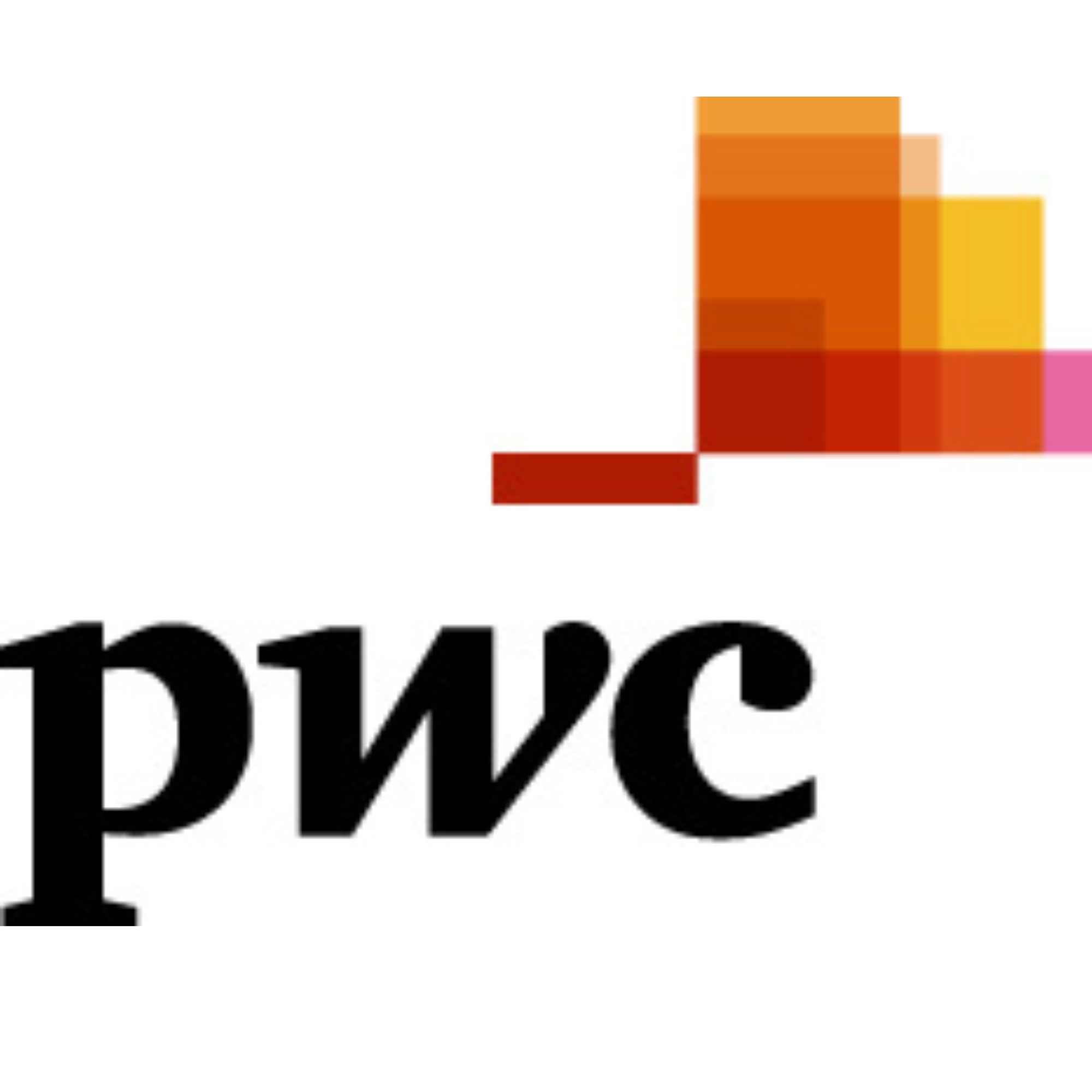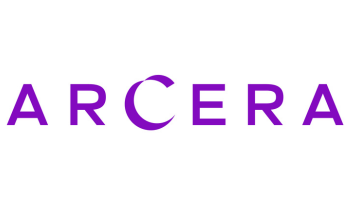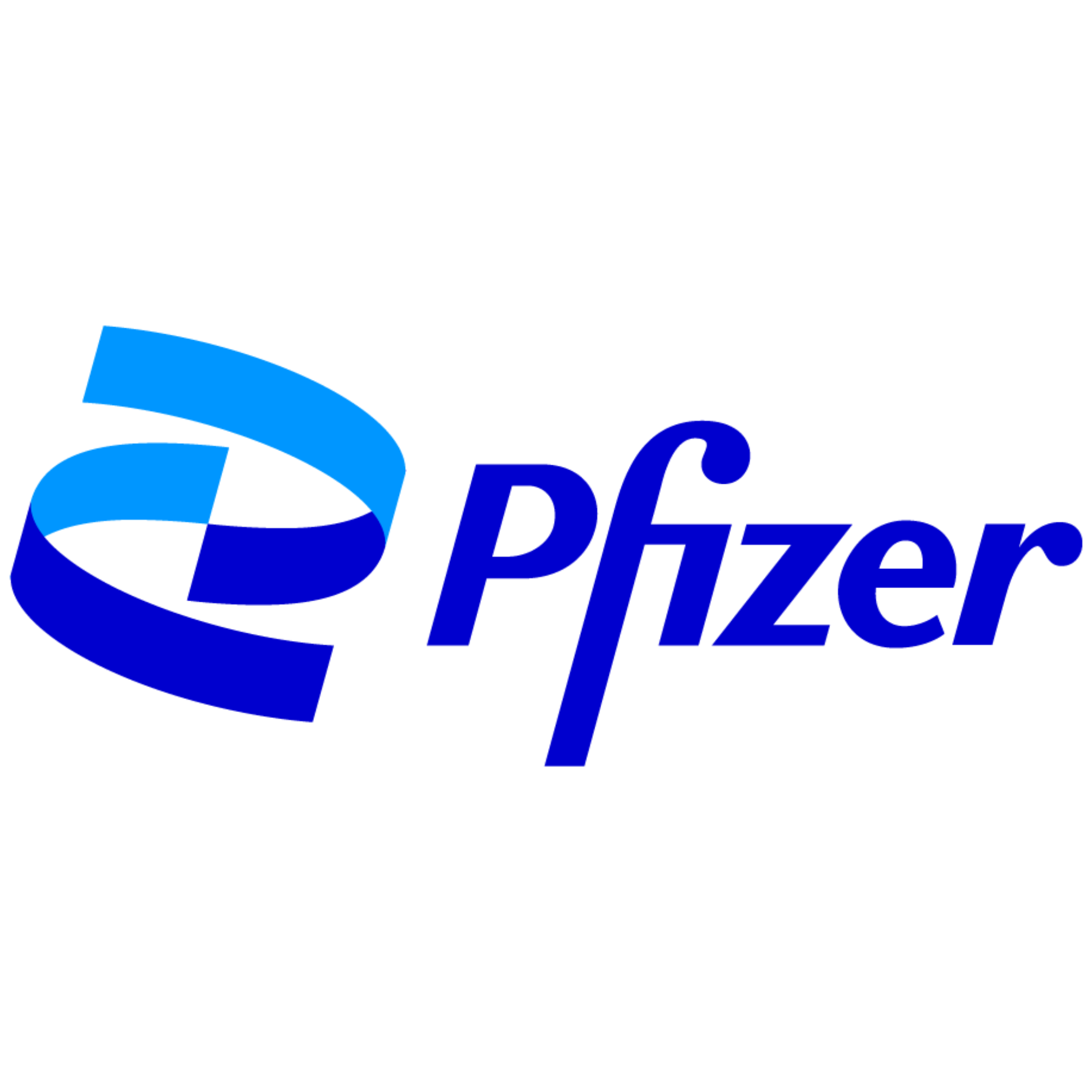Weight loss and diabetes may just be the beginning for drugs like Ozempic, Wegovy, Mounjaro and Zepbound as reports increasingly suggest they may have far-reaching benefits for treating conditions as diverse as heart and liver disease, Parkinson’s, anxiety and addiction, sparking research among firms competing in pharma’s latest gold rush.
GLP-1 drugs are being investigated for a range of other health conditions including addiction, liver ... [+]
GETTYKEY FACTS
Novo Nordisk’s Ozempic and Wegovy and Eli Lilly’s Mounjaro and Zepbound — brand names for drugs semaglutide and tirzepatide — are far and away the most famous members of a booming class of medications known as GLP-1 agonists, which mimic the function of a gut hormone involved in regulating blood sugar and appetite, glucagon-like peptide-1.
GLP-1 drugs were initially approved to treat diabetes and, more recently, obesity, and with more and more people using the drugs, signs of other potential benefits are starting to emerge and Novo gathered enough data to prove this and scored approval from the Food and Drug Administration in March to add cardiovascular benefits to Wegovy’s label (experts expect Zepbound will be shown to have similar heart benefits).
Lilly on Wednesday said it was also eying a label expansion for Zepbound after a late-stage trial found that the drug “meaningfully improved sleep apnea symptoms,” which means the drug “has the potential to be the first pharmaceutical treatment for the underlying disease,” according to Lilly’s senior vice president for product development Jeff Emmick, though the agency has yet to make a decision.
Companies like Novo and Lilly, as well as hopeful competitors like Boehringer and Zealand Pharma, are exploring GLP-1 drugs as a potential treatment for fatty liver disease, a longstanding graveyard for pharmaceutical development until the FDA authorized the first treatment, and other research, as trials suggest GLP-1s could be effective at treating kidney disease,
Studies also indicate the GLP-1 class could potentially help with a range of brain disorders, where they potentially help boost mood, cognitive function and alleviate symptoms for conditions including Parkinson’s, Alzheimers, depression, bipolar disorder and anxiety, areas that have long been notorious sticking points for pharmaceutical development.
Substance use disorders and addiction is another promising avenue following reports of diminished cravings among people taking GLP-1 drugs, though scientists are still working to figure out why — the drug could feasibly act on parts of the brain and nervous system as these also produce the GLP-1 hormone or have relevant hormone receptors for it — and confirm whether the medications can indeed curb addiction.
CONTRA
While the clinical trials required to bring a drug to market are extensive, rigorous and ensure products are safe and effective, they rarely provide a complete picture of a medication. The sheer number of people who take a medication after approval, especially popular ones like semaglutide and tirzepatide, can dwarf the number of people involved in a trial and companies and regulators alike monitor how they fare in the real world. While it is exciting when reports and data gathered from more people using drugs indicate new possible benefits and uses, especially in areas like mental health and liver disease that have long evaded the efforts of pharmaceutical researchers, there is also the possibility that new information on negative effects can emerge as well. For weight loss and diabetes drugs like Ozempic and Wegovy, mental health issues and an uptick in suicidal thoughts have been the subject of significant scrutiny, though recently-released reviews from agencies like the FDA and the European Medicines Agency have cast doubt on the connection and said such a link is unlikely.
BIG NUMBER
$100 billion. That’s how much the weight loss drug market could be worth by 2030, analysts estimate, though some believe the market could possibly be worth much, much more than that. Novo and Lilly have already raked in billions from the drugs for obesity and diabetes and they have ballooned into some of the most valuable companies in the world off the back of these drugs.
WHAT TO WATCH FOR
Novo and Lilly hold an effective duopoly over the GLP-1 market right now, particularly regarding obesity. Experts like Citi analyst Peter Verdult told Forbes the wealth of data the pair are able to gather on semaglutide and tirzepatide will help them solidify their dominant positions and see off competitors still racing to bring drugs to market. Adding things like cardiovascular benefits to Wegovy’s label will raise the bar for new entrants to compete, especially as there’s a clear limit to the advantages brought by improving something like the amount of weight loss. “Now some may say, well that's fine, I'll just piggyback on it, because it's the same molecules, same mechanism of action and everyone takes it for granted. But the bottom line is if you're a drug rep, you can't promote that,” Verdult said.







































